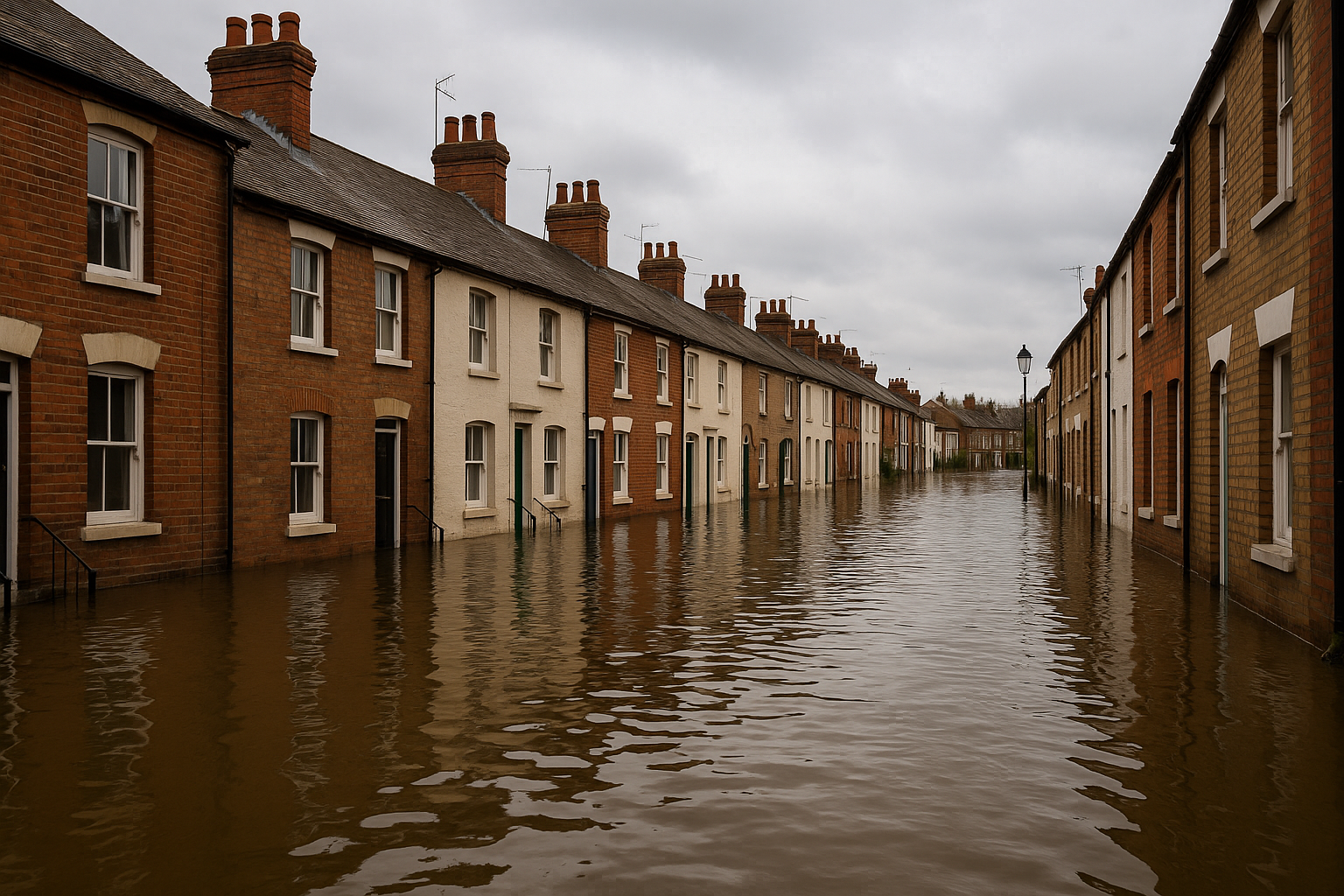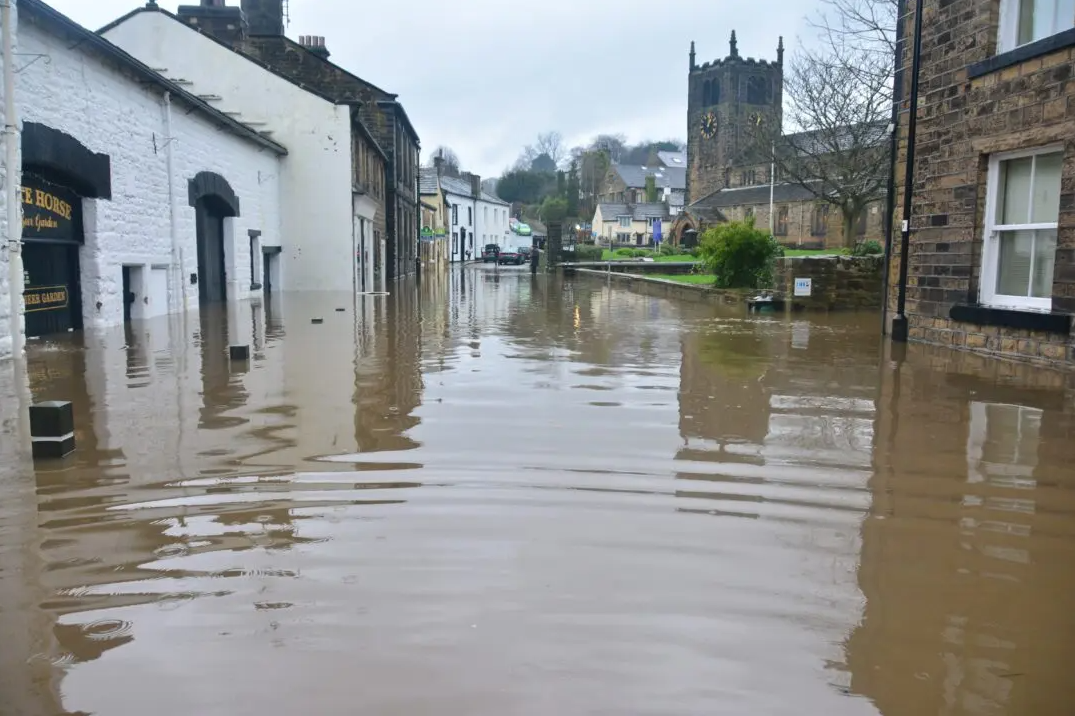


Basement Flooded Insurance Claims – Experiencing a basement flood can be a home or business owner’s worst nightmare, leading to substantial property damage and the daunting task of dealing with insurance claims. With the severity of claims on the rise, partly due to extreme weather events driven by climate change, understanding your rights and how to navigate the insurance landscape is crucial.
This guide aims to give you the essential knowledge to handle basement flooding insurance claims effectively, ensuring you are well-prepared to secure the compensation you deserve. From the initial damage assessment to dealing with the complex nuances of insurance policy details, this article provides comprehensive insights to help you understand the home insurance basement flood claim process.
Basement Flooded Insurance Claims – Fast Facts:
Unfortunately, basement flooding can be a devastating experience, leaving a trail of destruction in its wake and causing significant disruptions for homeowners and business owners. Understanding the next steps, especially regarding insurance claims, is crucial for those affected.
This guide provides essential information for individuals and businesses grappling with flood impact, offering advice on assessing damage, navigating insurance processes, and the benefits of professional assistance during these challenging times.
When floodwaters invade your home or workplace, it’s not just about the water level. Flooding is characterised by the intrusion of water, which causes damage to structures, interiors, and belongings. If you find yourself facing this crisis, immediate action is required. Ensure your safety first, disconnect utilities like gas and electricity and document the damage for insurance purposes.
Assessing the Damage
Assessing the damage accurately after a flood is crucial for insurance claims. Flood damage can range from superficial to structural. At this stage, involving a loss assessor can be beneficial. They assess the damage thoroughly, ensuring all aspects are accounted for in your claim.
What Oakleafe Clients Say:


Basement flooding can arise from several causes, including heavy rain, sewer backup, or burst pipes. Such incidents can cause substantial damage, affect the structural integrity of your property, and potentially lead to costly repairs.
Prevention is key to minimising the risk of basement flooding. Several preparation tips include checking and maintaining your property’s drainage system and considering installing a sump pump. Equally crucial is ensuring you have comprehensive insurance coverage that aligns with your specific needs.
Home insurance plays a pivotal role in flood recovery. Most policies cover flood damage, but it’s essential to understand the specifics of what your insurance covers. Check if your policy includes accidental damage and flood damage, and understand the extent of coverage for building work and contents.

Navigating the insurance claims process can feel daunting. However, with a step-by-step approach, you can file a claim confidently.
Making an insurance claim for water damage involves several steps. Start by contacting your insurance company promptly. Provide detailed documentation of the damage and any repair estimates. Clear communication with your insurer is key; having a loss assessor on your side can streamline this process.
Immediate Steps:
Filing the Claim:
Common Mistakes to Avoid:
If you experience any issues filing your claim or find your basement flooding insurance claim denied, Oakleafe are here to help you manage your claim
After a flood, drying out a house can take time, typically several weeks, depending on the extent of damage and weather conditions. The first step is removing floodwater, which may require professional services. Once dry, you can begin the necessary building work to repair your home. Engaging experts for accurate damage assessment and restoration is crucial for a comprehensive recovery.
Safety is paramount when returning to a flood-affected property. Consult with local authorities and professionals to ensure the structure is safe. Check that essential services like water supply, gas, and electricity are restored and safe to use. Be aware of any structural damages or hazards before resuming occupancy.
Dealing with the aftermath of a flood can be overwhelming. By understanding the process of assessing damage, claiming on home insurance, and the benefits of engaging a loss assessor like Oakleafe, you can navigate these challenging waters more confidently.
Understanding how to manage basement flooding and subsequent insurance claims is crucial for any property owner. While complex, the process is navigable with the right knowledge and preparation.
We encourage readers to share their experiences or questions regarding basement flooding and insurance claims. Your insights could provide invaluable advice to others facing similar challenges.
The importance of being informed and prepared when dealing with basement flooding and insurance coverage cannot be overstated. Property owners can significantly mitigate such events’ stress and financial impact by taking proactive steps and understanding the claims process. Remember, the key to managing basement flooding is preparation, quick action, and working closely with your insurance provider.
Oakleafe Claims have represented policyholders and managed their insurance claims since before the First World War. We have vast expertise and experience in both domestic and commercial flood insurance claims with thousands of satisfied policyholders who have received their deserved insurance settlement.
What Oakleafe Clients Say:



Please complete the form and one of our insurance claim professionals will call you back ASAP